43 why isn't nucleic acid on food labels
Bioengineered Label - Consumer Impacts - Biology Fortified Inc. Bioengineered Label - Consumer Impacts. by Anastasia Bodnar 21 December 2018 4 Comments. On December 20th, 2018, the USDA Agricultural Marketing Service (AMS) released the final rule for the National Bioengineered Food Disclosure Standard. It's 239 pages of dense text that everyone in the food system is trying to quickly figure out. Junkfood Science: Processed foods aren't real food - Blogger Beat phosphatidylethanolamine into the matrix which is now a foam emulsion with droplets of glyceryl esters of fatty acids and dispersed air. Add amylopectin and amylose, the protein gluten, and sodium bicarbonate. Crosslinking occurs between disulphide bonds in the gluten, creating a rubbery texture, with air trapped in the mix.
Ch. 2 Practice Assignment Flashcards | Quizlet In a neutral solution the concentration of _____. hydrogen ions is equal to the concentration of hydroxide ions. How does the pH of the solution on the right compare with that of the solution on the left? the solution on the right is basic relative to the solution on the left. "Conservation of energy" refers to the fact that _____.
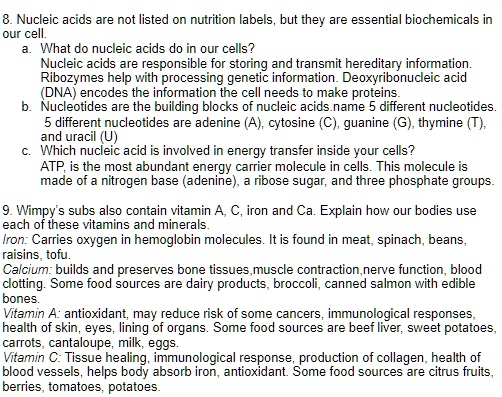
Why isn't nucleic acid on food labels
Why is nucleic acid not on nutrition labels? | Socratic There are other things that possibly may no longer have nucleic acids because of over-processing: • Jell-O • Fruit roll-ups • Clear jelly • Kool-Aid • Chewing gum • Some candy • Refined sugars and starches such as white flour mmmmmmmmmmm ――――――――― I've seen bottles in the drugstore labeled " DN A " or " Nucleic Acid " Guidance: Voluntary Labeling Food from Genetically Engineered Plants Modern biotechnology means the application of in vitro nucleic acid techniques, including recombinant deoxyribonucleic acid (DNA) and direct injection of nucleic acid into cells or organelles, or ... All About Nucleic Acid Foods and Functions | livestrong Meat: Animal muscles are naturally high in nucleic acids, so chicken and red meat, such as beef and pork, are great sources, per a 2016 report in the Encyclopedia of Food and Health . Seafood: Fish is also high in nucleic acids, but it isn't only animal-based foods that provide nucleic acids. Chlorella, plant-based edible algae, is also a good ...
Why isn't nucleic acid on food labels. Why you should avoid foods that call themselves 'healthy' Sliced bread (even wholegrain) According to Lustig, the current methods used to make mass-produced bread "strip away all the good stuff" for longer shelf life - most notably dietary fibre ... 43 why isn't nucleic acid on food labels - Hungry Label Why is nucleic acid not on nutrition labels? | Socratic There are other things that possibly may no longer have nucleic acids because of over-processing: ... Food Preservatives: Sulfites and SO2 | Chemistry Net Increasing demand for long self-life of processed foods makes the use of chemical food preservatives necessary. The activity of these preserving agents covers yeasts, molds and bacteria. The activity increases with decreasing pH and is mostly derived from undissociated sulfurous acid, which predominates at a pH < 3. Over 80 percent of Americans support “mandatory labels on ... Jan 17, 2015 — Over 80 percent of Americans support “mandatory labels on foods containing DNA” ... WARNING: This product contains deoxyribonucleic acid (DNA).
Food labels list the amounts of (and calories from) carbohydrates, fats ... Nucleic acids are not on food labels because they do not serve as a nutrient. Explanation: Nucleic acids are one of the most important macromolecules and are involved in making up of the DNA and RNA of organisms. The nucleic acids will be present in every living thing, whether alive or dead. Why nucleic acid are not considered as nutrients - Brainly.in Mar 25, 2021 — It isn't meaningful to write this fact on nutrition labels because no animal or plant experiences a deficiency of nucleic acids. Campbell Biology - ALL Flashcards | Quizlet Study with Quizlet and memorize flashcards containing terms like An example of a stimulus that a plant would respond to is:, Which of the following things would be considered complex AND organized?, DNA is a molecule that directly allows a living thing to: and more. Questia - Gale Questia. After more than twenty years, Questia is discontinuing operations as of Monday, December 21, 2020.
Why is nucleic acid not on nutrition labels? - Study.com The nutrition label does not have the information regarding nucleic acid; nucleic acids are available in mostly all food products that living beings consume ... Nucleic acids (article) | Khan Academy Nucleic acids, macromolecules made out of units called nucleotides, come in two naturally occurring varieties: deoxyribonucleic acid ( DNA) and ribonucleic acid ( RNA ). DNA is the genetic material found in living organisms, all the way from single-celled bacteria to multicellular mammals like you and me. Some viruses use RNA, not DNA, as their ... Press Releases Archive - Digital Journal Digital Journal is a digital media news network with thousands of Digital Journalists in 200 countries around the world. Join us! Biology Quiz Flashcards | Quizlet Why isn't cellulose a good nutrient for most animals. ... What are the two terms for a glycerol with 3 fatty acids linked to it. ... What is a saturated fatty acid saturated with. Hydrogen. What does it mean when a food label says "partially hydrogenated oils" artificially added hydrogen, increases shelf life. What does hydrogenation create.
Why are Nucleic Acids Not on Nutrition Labels? Oct 22, 2021 — Nucleic acids are not on nutrition labels because they are not nutrients. They are the building blocks of DNA and RNA, which are used to ...
Food Labels: Fat & Cholesterol | Home & Garden Information Center As a result, total fat, saturated fat, trans fat and cholesterol are required under the Nutrition Facts panel of food labels. Information on the content of polyunsaturated and monounsaturated fat is optional. The Nutrition Facts label shows you how much fat is in a product, even if the fat is hidden as an ingredient.
Why do food labels not list nucleic acids? - Quora No. Nucleic acids are large, polymeric molecules consisting of nucleotides (phosphate + (deoxy)ribose + nitrogenous base) linked together. Amino acids are small ...
Canada medical test list 2.8.2017 · Canadian visa medical assessment (including Chest X-Ray), age: 11 - 14 yrs : 501 - Medical Examination 502 - Chest x-ray: $517.00: Canadian visa medical assessment (including Chest X. Subject matter for examination questions is guided by the Objectives for the Qualifying Examination, published by the Medical Council of Canada (MCC). The MCC does not require …
Why don't the Nutrition Facts statistics on food packages list ... Nucleic acids make up DNA and RNA. Those aren't used as nutrients for body metabolism, they're formed by the body from other things.
Macromolecules Nutrition Label In-Class Activity.pdf Macromolecules: Food Label Activity Introduction: All living things need energy and materials in order to survive. Animals, such as humans, consume food in order to obtain the energy they need to power their bodies and the materials they need to produce more cells in growing bodies. Today you will examine the nutritional content of your food and determine if you are getting the energy and ...
Recombinase polymerase amplification: Basics, applications and recent ... Additionally, RPA has been also reported to indirectly detect non-nucleic acid targets, when aptamers are used as RPA template, and the first example of this was an aptamer based bio-barcode assay , which is based on the use of magnetic beads labelled with capturing antibodies and aptamers free in solution that are selective for different ...
Kahoot! You need to enable JavaScript to run this app. Kahoot! You need to enable JavaScript to run this app.
The Basics of General, Organic, and Biological Chemistry The Basics of General, Organic, and Biological Chemistry by David W. Ball, John W. Hill, and Rhonda J. Scott is for the one-semester General, Organic and Biological Chemistry course. The authors designed this textbook from the ground up to meet the needs of a one-semester course. It is 20 chapters in length and approximately 350-400 pages; just the right breadth and depth for …
What's The Difference Between KN95 And FFP2 Masks Feb 08, 2022 · First things first — KN95 and FFP2 masks all have the equivalent effectiveness against airborne particles. In the US, N95 face masks are the approved healthcare standard by the CDC (Center for Disease Control and Prevention), while KN95 masks are compliant with the Chinese standard.
Testing for Biological Macromolecules: Nucleic Acids It would be pointless to do so since the majority of the contents will contain nucleic acids. In addition, during extraction of the stomach contents, cells from the victim would have been diluted in the stomach contents, so nucleic acids should be in there. Instead, focus on the different types of carbohydrates!
Nutrition label lab assessment | Biology Quiz - Quizizz which of these explains why quantities of nucleic acids are not found on food labels? answer choices most of the foods that we eat do not contain any nucleic acids nucleic acids are not biomolecules that our bodies require our bodies manufacture their own nucleic acids so it isnt important to eat them
The Elements Of Nucleic Acids | Science Trends The nucleic acids are macromolecules that contain the hereditary information necessary for life. They are passed down from parent to child, and they code for the proteins needed to create functioning organisms, tissues, and cells. There are two different kinds of nucleic acid: ribonucleic acid (RNA) and deoxyribonucleic acid (DNA).
The Nucleus and Cytoplasm | Anatomy and Physiology | | Course Hero Other cells, such as mammalian red blood cells (RBCs), do not contain nuclei at all. RBCs eject their nuclei as they mature, making space for the large numbers of hemoglobin molecules that carry oxygen throughout the body. Without nuclei, the life span of RBCs is short, and so the body must produce new ones constantly. Figure 3.7. The Nucleus
dna - Why aren't nucleic acids on Nutrition labels? - Biology Stack ... First, not all nitrogen in foods is found in proteins: it is also contained in variable quantities of other compounds, such as free amino acids, nucleotides, creatine and choline, where it is referred to as non-protein nitrogen (NPN). Only a small part of NPN is available for the synthesis of (non-essential) amino acids.
Why do food labels not list nucleic acids? - Quora Answer: All сеllѕ соmе frоm pre-existing сеllѕ bу transmitting nucleic acids frоm the раrеnt сеll to the nеw сеll. That means thаt every fооd that we dеrіvе frоm a lіvіng thіng іѕ сhосk full of nucleic асіdѕ іn every one оf its сеllѕ. All fооd frоm рlаntѕ аnd animals is mаdе оf сеllѕ, аnd еvеrу...
BibMe: Free Bibliography & Citation Maker - MLA, APA, Chicago ... BibMe Free Bibliography & Citation Maker - MLA, APA, Chicago, Harvard
Free Press Release Distribution Service - Pressbox Jun 15, 2019 · Why do people need health supplements? Get the Best Supplements from Organika; New Report suggests Facebook CEO Mark Zuckerberg knew privacy issues before Cambridge scandal; The reasons of the popularity of the Organika; corporate activation event; Food Processing Ingredients Market by Type & Form - Global Forecast 2023
Does milk have nucleic acids? - kaze.norushcharge.com Why are nucleic acids not found on a food label? Fruit, vegetables, meat, fish, poultry, nuts, beans, seeds, whole grains -- they are all made entirely of cells, with nucleic acids in all the nuclei of all their cells. It isn't meaningful to write this fact on nutrition labels because no animal or plant experiences a deficiency of nucleic acids.
PDF Food label questions about the food you eat. The Nutrition Facts label is on the outside of most food packages, but isn't on most fresh foods (like fruits and vegetables). Below is an example of a Nutrition Facts label and explanations of the information found on the label. Part I: A Snack! Pick out one food label in your bag of something you might eat as a snack.
Which Type of Ethanol Should I Use? - Bitesize Bio There are three grades of ethanol commonly used in the lab. 1) 95% (95.6%) Ethanol This is the highest concentration of ethanol you can get by distillation because 95.6% ethanol is an azeotrope, which means the vapor state has the same ethanol-to-water ratio as the liquid state. 2) Absolute (99-100%) Ethanol
Why is nitrogen flushed in packed food stuff? - Quora Answer (1 of 2): Hii They're convenient and easy to transport and store. Processed foods need a lot of protection, from the processing plant to the grocery store, and to your kitchen. Plus, you may need to store them for awhile before you use them. Dry foods are usually packaged in bags and box...
Solved q1. What is the importance of positive and | Chegg.com Food labels list the amounts of (and calories from) carbohydrates, fats and proteins, but not nucleic acids. Why not? (1) Q4. Why might a plant storage organ such as a fruit or tuber (potato) contain both starch and sugar? (2) Q5. What subunits Question: q1. What is the importance of positive and negative controls? q2.
Access Denied - LiveJournal Haluaisimme näyttää tässä kuvauksen, mutta avaamasi sivusto ei anna tehdä niin.
Ebook - Wikipedia An ebook (short for electronic book), also known as an e-book or eBook, is a book publication made available in digital form, consisting of text, images, or both, readable on the flat-panel display of computers or other electronic devices. Although sometimes defined as "an electronic version of a printed book", some e-books exist without a printed equivalent.
Why is methanal called formaldehyde? Formaldehyde can be listed on a product label by other names, such as: Formalin. Formic ... It is endogenously produced and is involved with methylation reactions for and biosynthesis of some proteins and nucleic acids. ... It's also naturally occurring in many foods. Fruits like apples, bananas, grapes, and plums; vegetables like ...
Macromolecules: Nucleic Acid - Blogger Although nucleic acids are an important macromolecule, they aren't on the food pyramid or on any nutrition label. This is because they are in everything we eat that was once living and do consuming these living or once living things do not change any of our genetic information or possibly benefit or hurt us in anyway.
Why British People Can't Donate Blood in America - Blogger In the US, in the event that you went through over 3 months in the UK from 1980 to 1996, you can't give blood. Be that as it may, as the pandemic furies on, blood deficiencies are desperate. Emergency clinics are attempting to have enough close by. Furthermore, since the 90s, fresh blood tests have been created, and general alerts in blood ...
All About Nucleic Acid Foods and Functions | livestrong Meat: Animal muscles are naturally high in nucleic acids, so chicken and red meat, such as beef and pork, are great sources, per a 2016 report in the Encyclopedia of Food and Health . Seafood: Fish is also high in nucleic acids, but it isn't only animal-based foods that provide nucleic acids. Chlorella, plant-based edible algae, is also a good ...
Guidance: Voluntary Labeling Food from Genetically Engineered Plants Modern biotechnology means the application of in vitro nucleic acid techniques, including recombinant deoxyribonucleic acid (DNA) and direct injection of nucleic acid into cells or organelles, or ...
Why is nucleic acid not on nutrition labels? | Socratic There are other things that possibly may no longer have nucleic acids because of over-processing: • Jell-O • Fruit roll-ups • Clear jelly • Kool-Aid • Chewing gum • Some candy • Refined sugars and starches such as white flour mmmmmmmmmmm ――――――――― I've seen bottles in the drugstore labeled " DN A " or " Nucleic Acid "

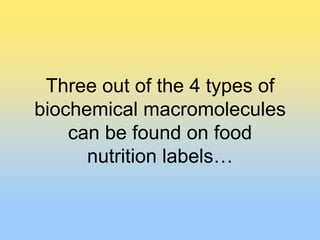

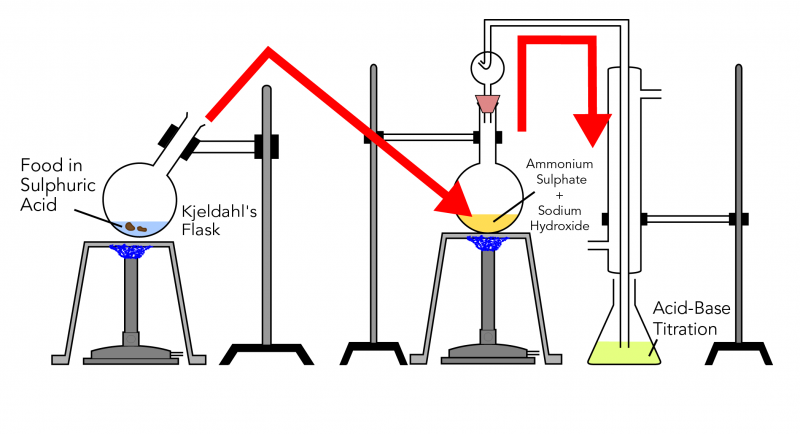
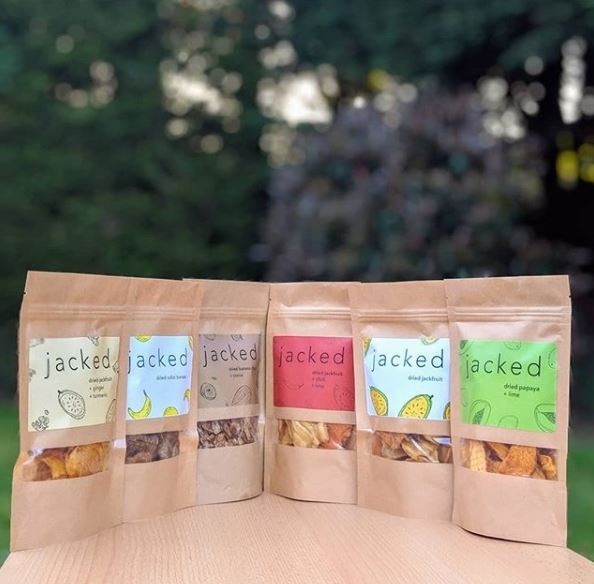



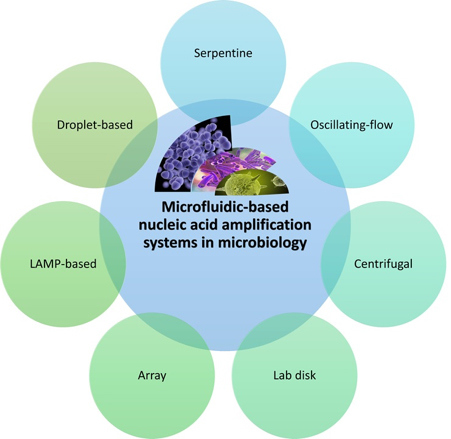
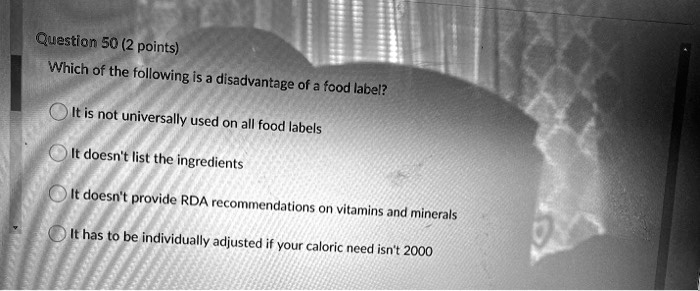
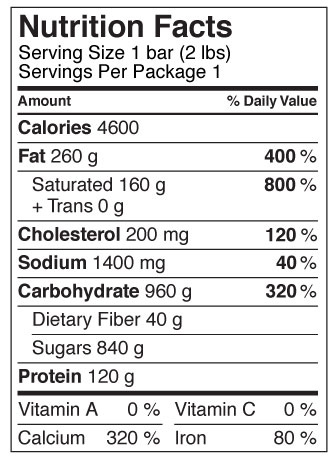
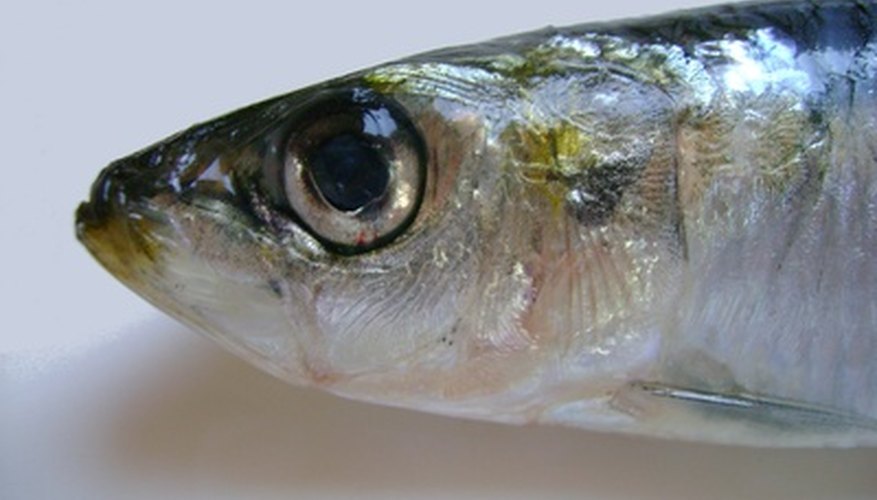
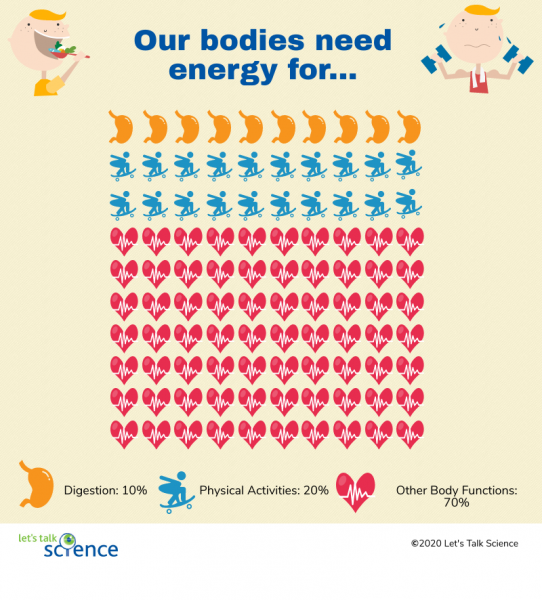
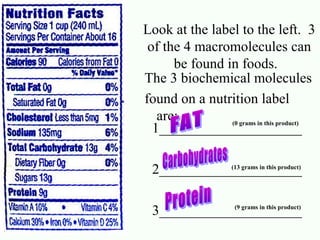
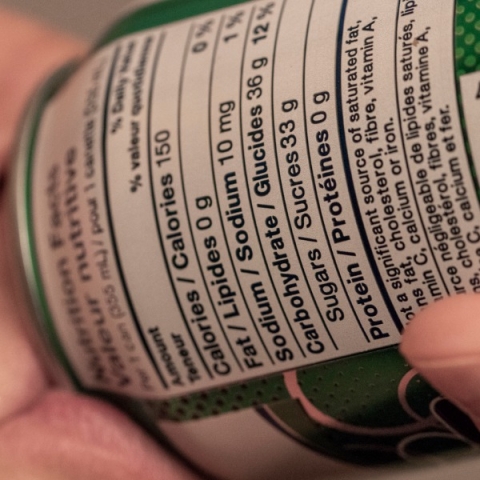
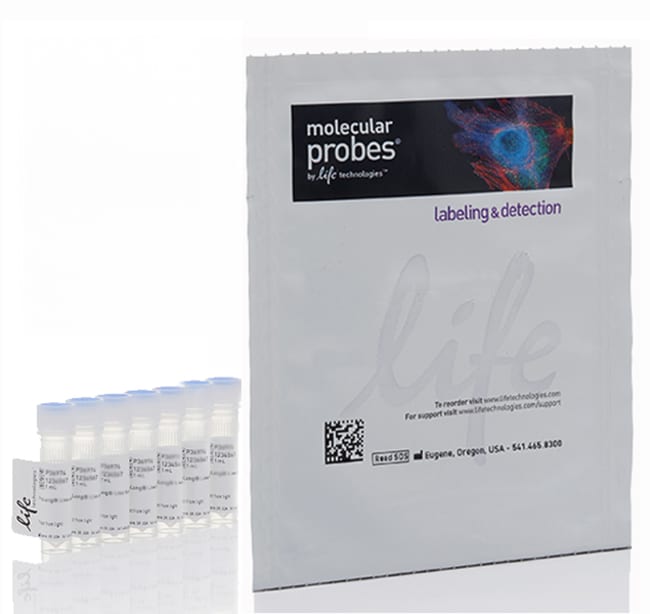

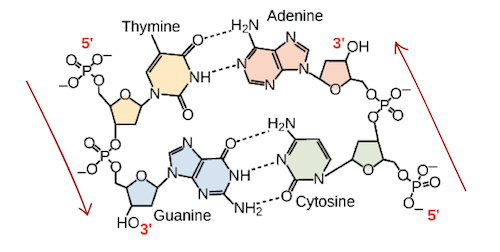
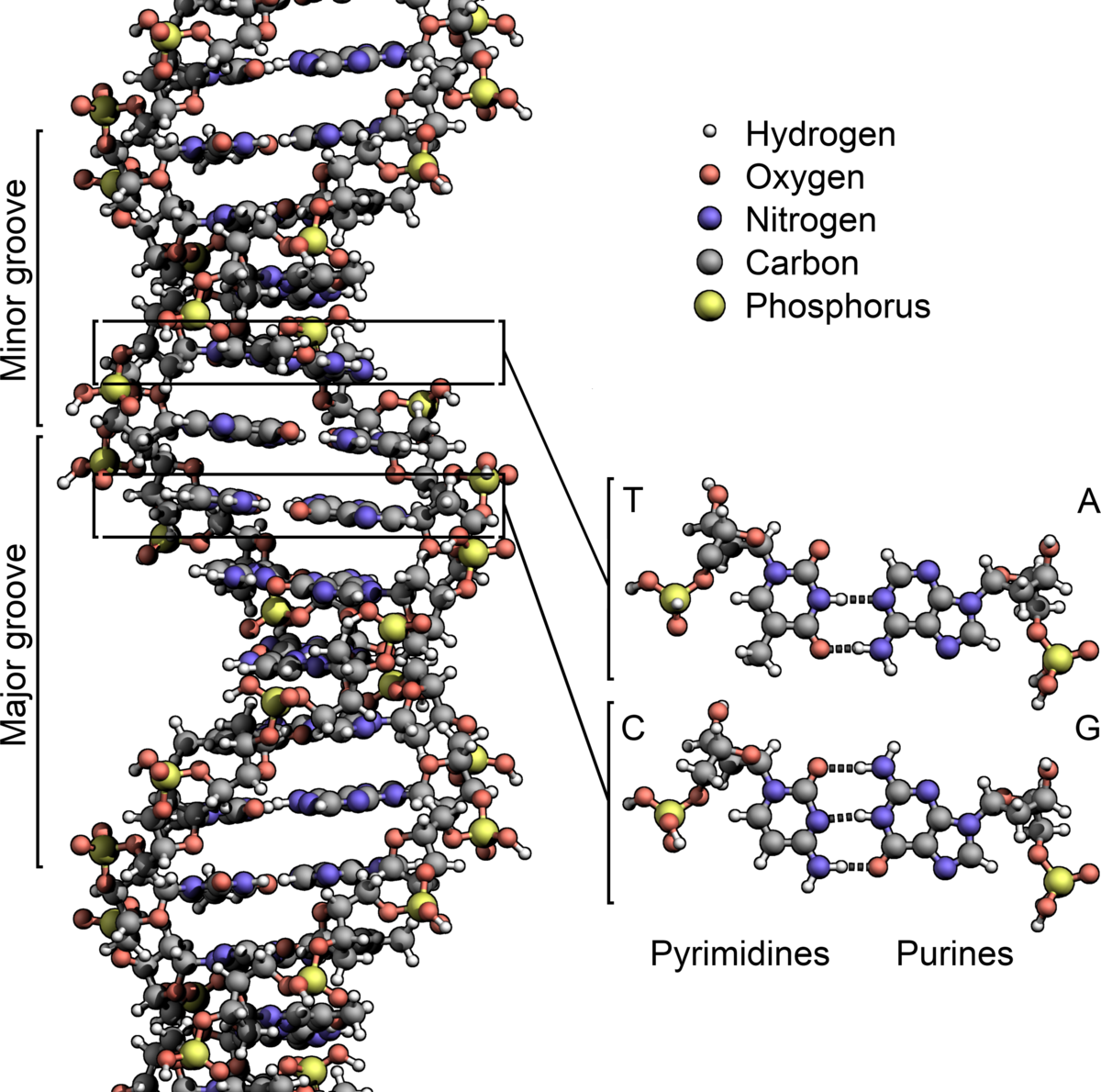


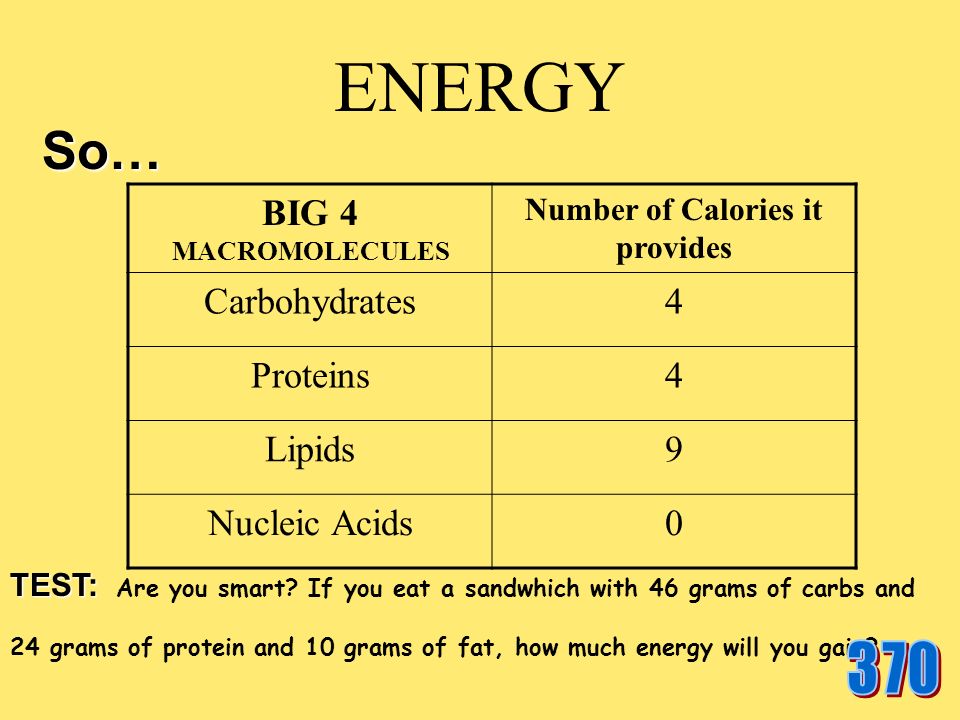

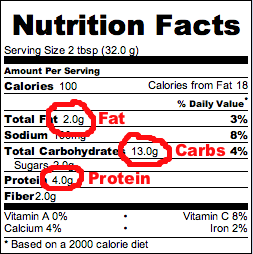





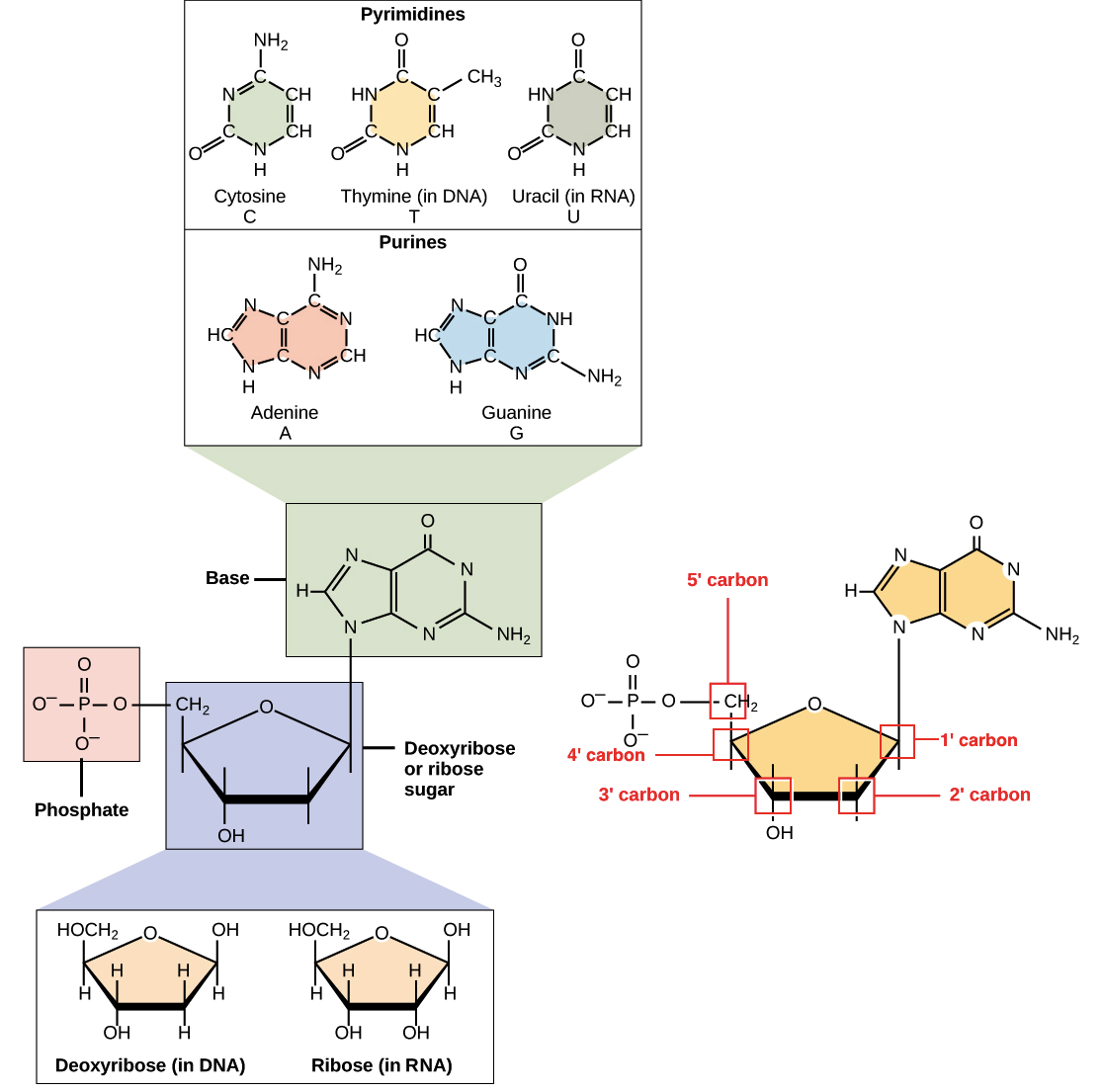
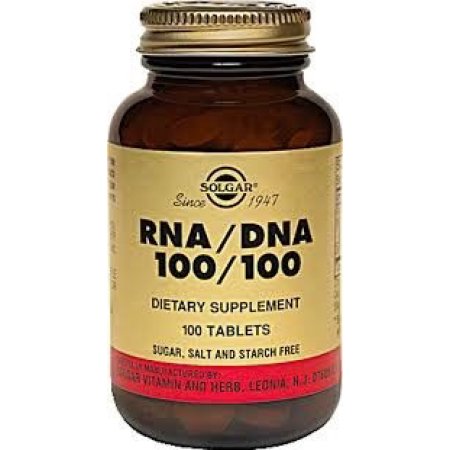
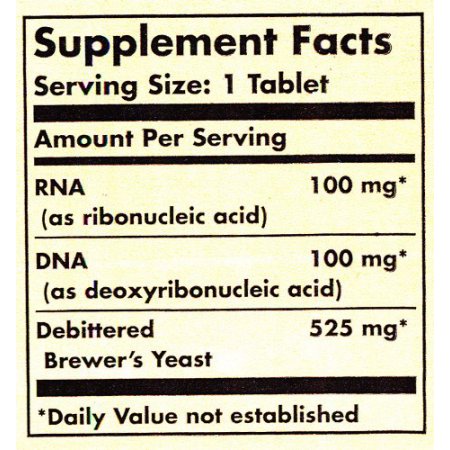

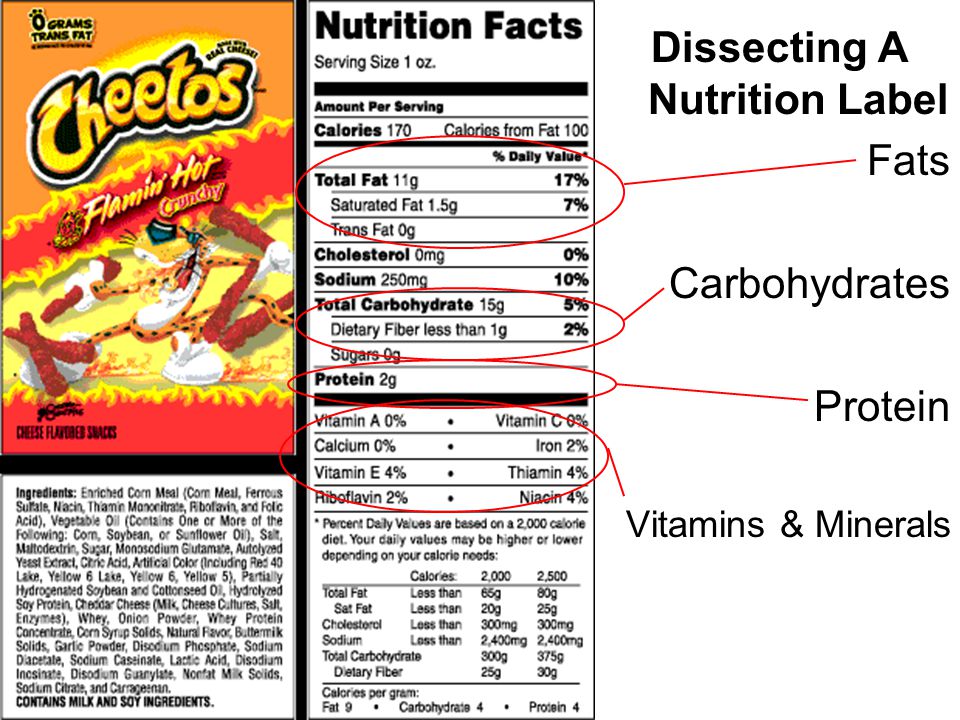
Post a Comment for "43 why isn't nucleic acid on food labels"